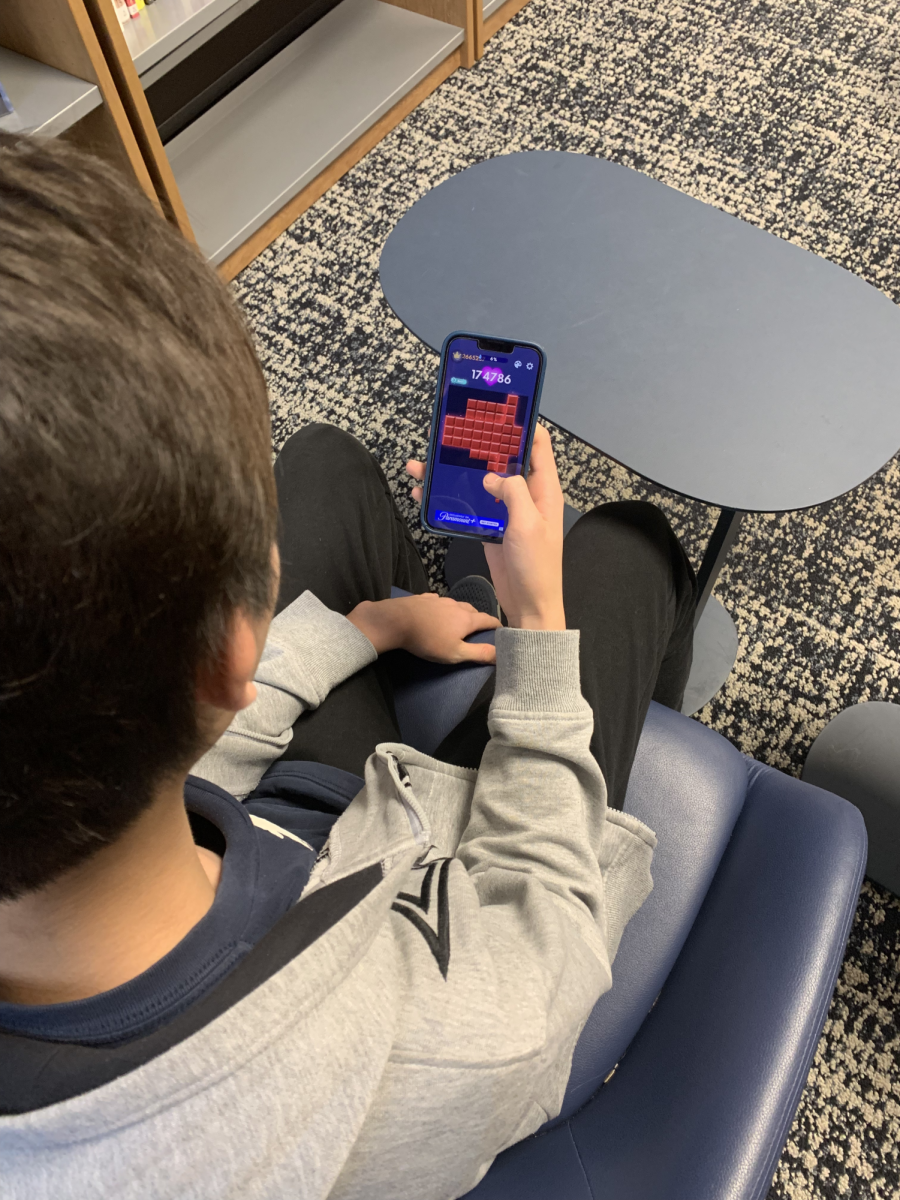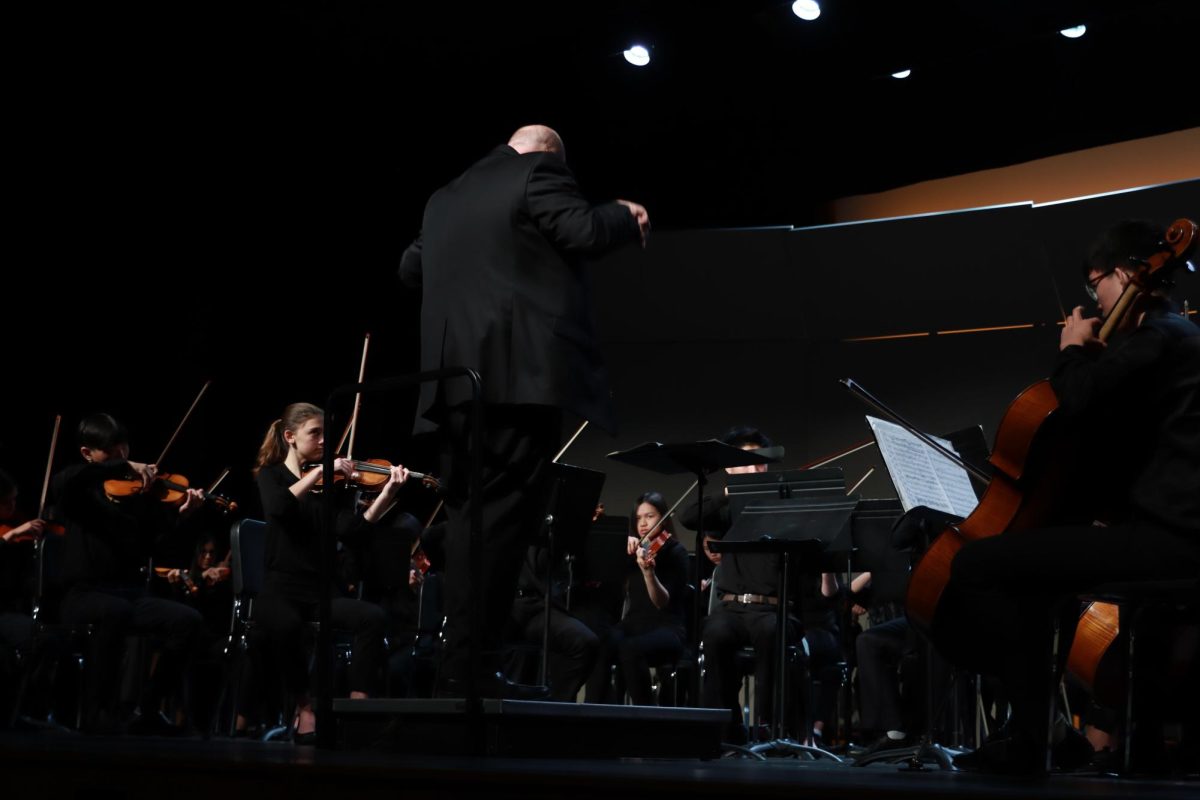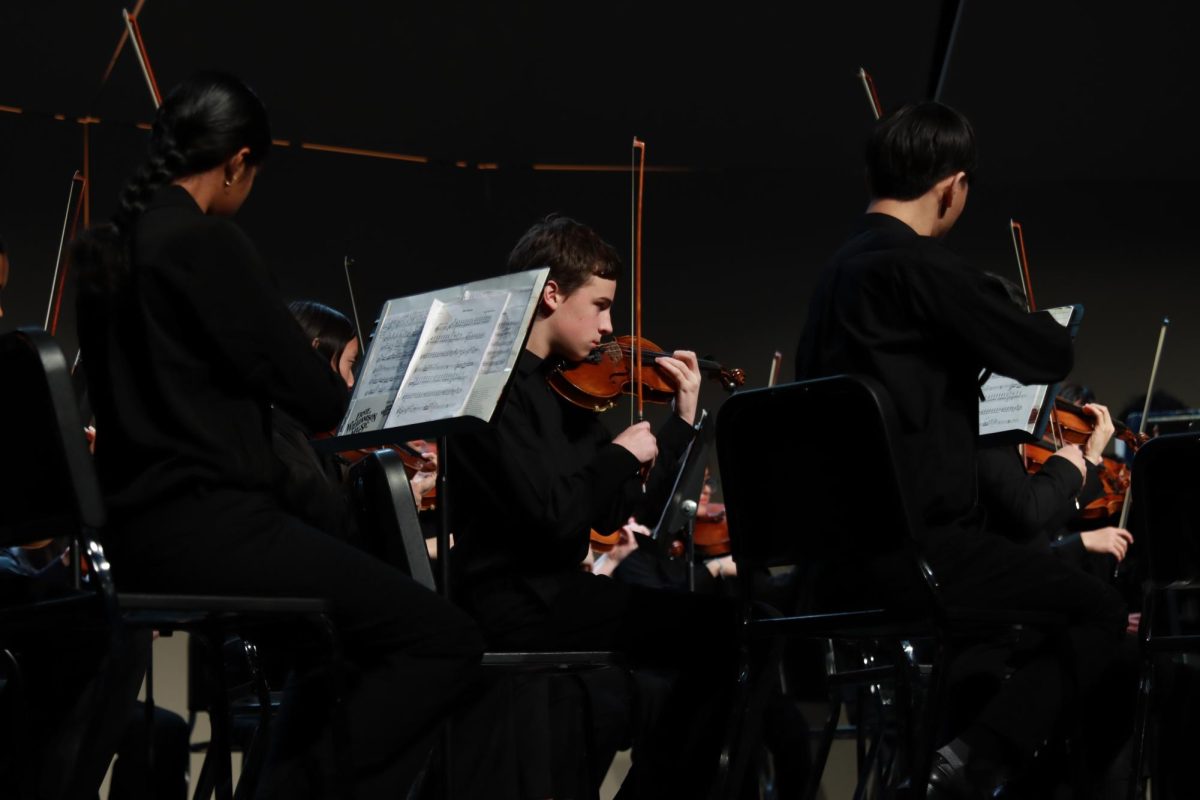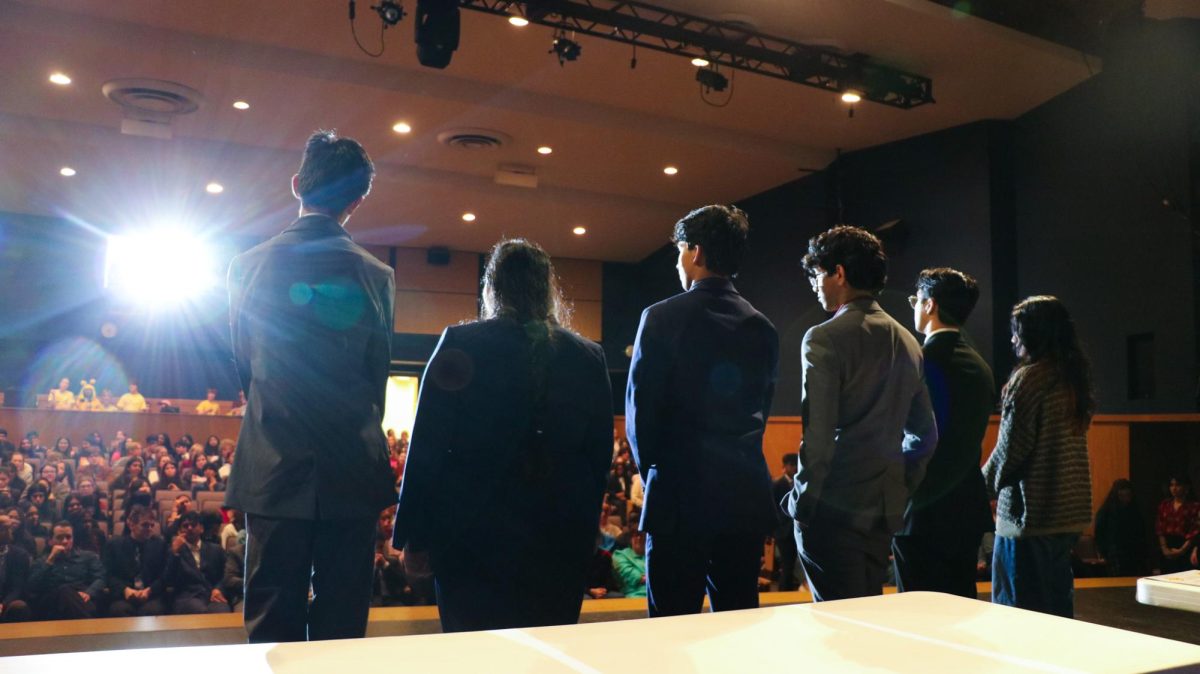Trigger Warnings
March 29, 2016
Content Warning: This may contain offensive material.
Recently, there has been a shift towards a debate over labeling content with trigger warnings, especially in social media, cautiously warning any potential reader of disturbing topics that might spark memories of traumatic experiences. These trigger warnings are meant to create a buffer, preventing students from suffering from with graphic descriptions of rape or lynching, of depressed characters with cutting habits or vivid imagery of eating disorders that hit close to home.
Yet, some colleges argue that having trigger warnings simply inhibits the learning of its students, since the professors feel restrained in selecting their lessons. The colleges also argue that these warnings simply “baby” their college students, hiding them from controversial topics in real life. In fact, several colleges suggest that there is an overcautious state, where everything might be considered a trigger warning. By sheltering their students with these triggering labels, the students end up being unprepared for the reality of the harsh world where things are unfiltered for them. Likewise, this fosters a cold environment where discussion and conversation is limited due to the fear that anything might be offensive to listening ears. Therefore, the professors in colleges protest against having trigger warnings, believing that their students need to accept the topics thrown their way.
But the fact of the matter is that trigger warnings cause no harm and can easily prevent unprepared teachers from having to comfort their students after their lesson triggered an emotional response concerning a traumatic experience, such as a recent death of a family member. True, teachers will have to go through the additional effort of putting down extra two or three words of warning. However, these warnings will prevent the recollection of these traumatic experiences, such as rape or suicidal thoughts, in their students. Essentially, these trigger warnings act as a barrier, preventing teachers from struggling with comforting their students through their remembered experiences.
By having the warnings, these help prevent traumatized students from suffering, while allowing teachers to continue teaching the material to those students who wish to learn about the material. Students that may shy away from such trigger warnings can easily step away, studying some other material, while the teacher is free to continue teaching the majority of the class to their lesson plans.
In the end, this is less of a discussion about convenience and more about the respect for the students. The classroom should avoid the discomfort of students if it sparks triggering feelings over the desired lesson plan. And while the opposing teachers might consider doing so as a ‘babying nature’ that leaves their students unprepared for the real world, they must understand that the student is their liability, and that itself is a reality. The brutal truth is never quite as healing as the sudden truth. If these filters help those students struggling through traumatic experiences, it must be better than forcing them to suffer through classes where the material covered causes the resurfacing of scarring memories of rape or domestic violence and abuse. We are more humane than this, where the safety and comfort of the students should come first, over the convenience in creating the lesson plans.


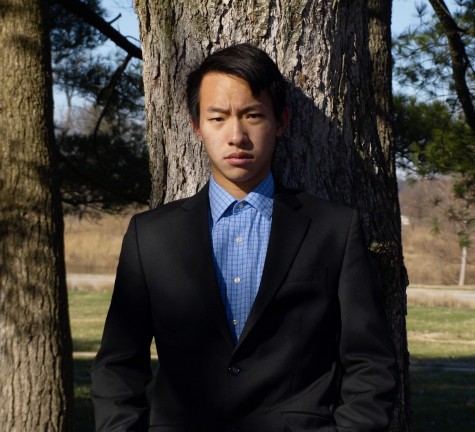




![The All-In Coalition marches in the 2022 Homecoming Parade. The students spent the morning decorating the car and threw out frisbees and candy in the parade. ¨[I wanted to] go to the parade [to] get to know everyone better and find common interests besides wanting to combat teen substance abuse,¨ freshman Olivia Lin (pictured left holding the banner) said.](https://www.chsglobe.com/wp-content/uploads/2024/12/image6-1-300x225.jpg)

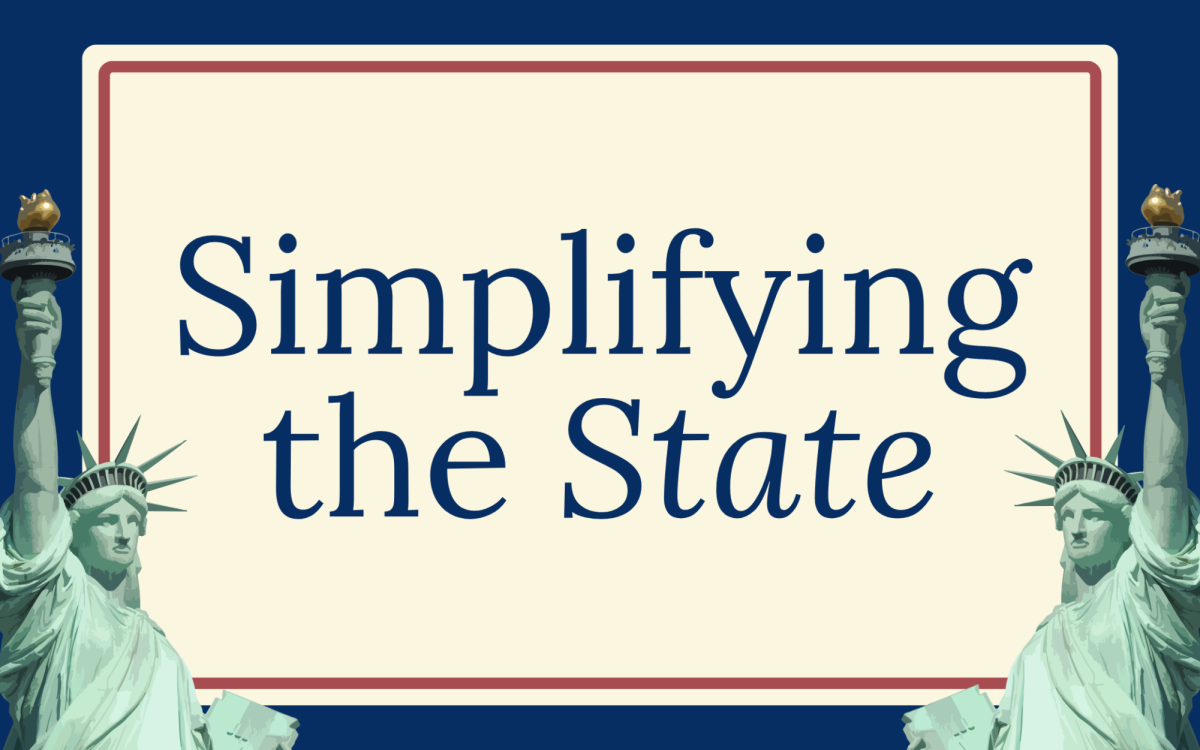






![Rowing Club teammate Audrey Burger poses next to Juliette Springer at the Haxton Ohio race. The team placed sixth out of 16; in the previous race, they placed fourth. "[After] the race was over, I felt very relieved because of how nervous I was before the race. I also felt proud because I did better then I thought I was going to do," Springer said.](https://www.chsglobe.com/wp-content/uploads/2024/12/IMG_7938-1.jpg)







